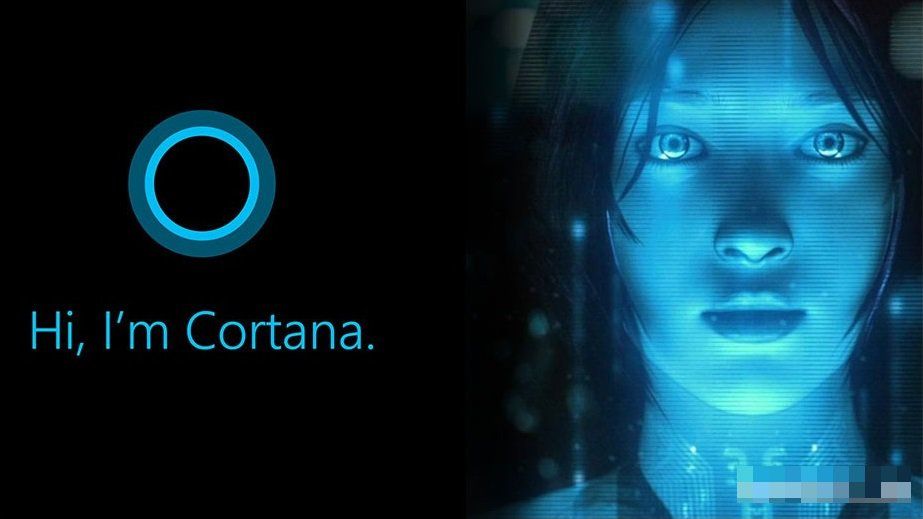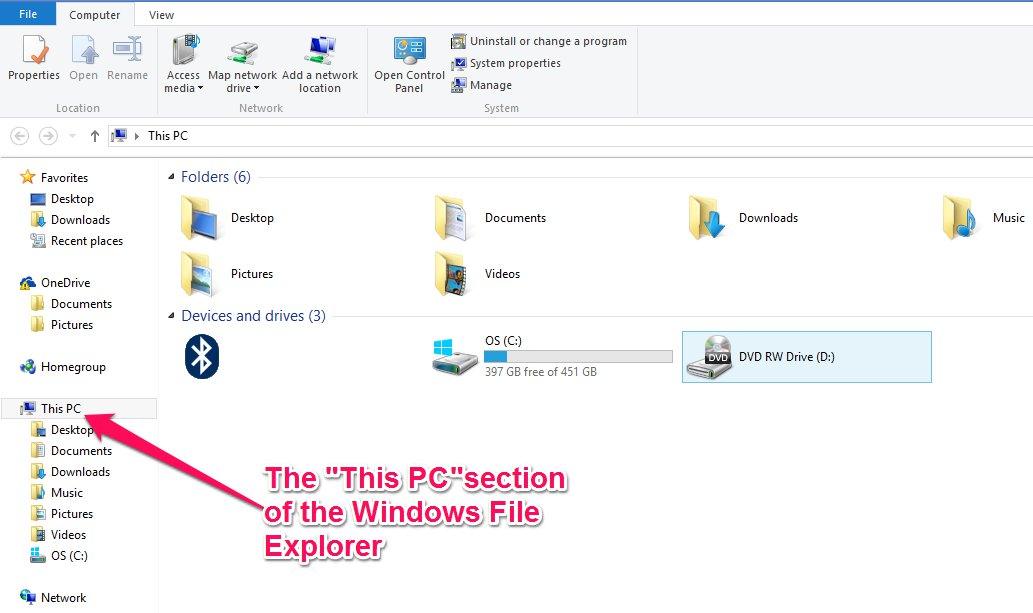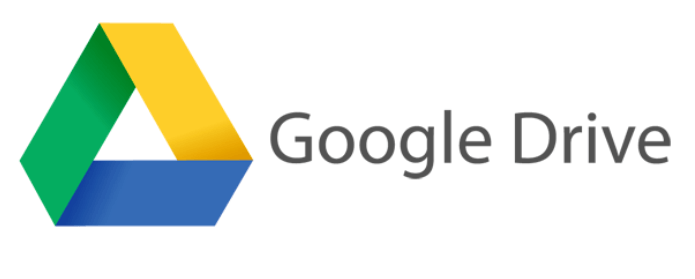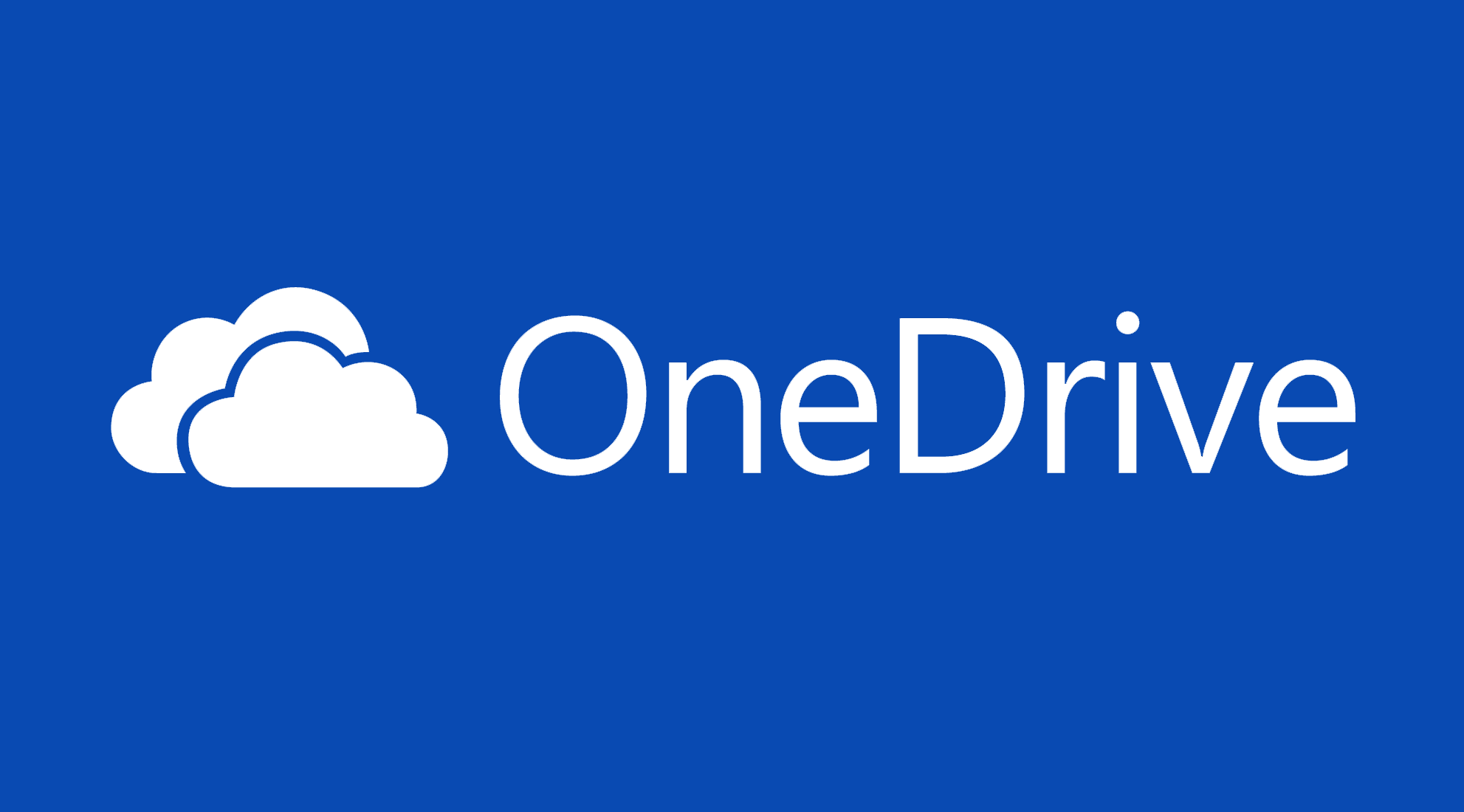Continually plugging in your phone to your computer in order to move files can be daunting and time-consuming, to say the least.
However, if you use an Android device (as well as Windows 10), I’ve got good news for you.
You can easily connect your Android devices to your Windows 10 computer without having to physically plug it in!
How? By syncing.
Here is a simple guide to setting it up:
1. Cortana
Cortana is an intelligent personal digital assistant for Windows 10 that uses voice command to perform basic tasks such as getting information, saving things and a lot more.
Windows 10 comes with Cortana by default. At the time of writing, Cortana is only available to Android users as a beta product.
The Cortana app on Android extends Cortana’s functionality across Android devices. It operates with the same data sources as Windows Cortana which means it can do most of the things Cortana does on Windows PC and phones.
Cortana has a “Notebook” feature where personal information such as reminders, location data, contacts and interests are stored. This feature makes syncing between your phone and your PC a breeze!
All the things you put into your Cortana Notebook on Windows 10 will be available for use in the Android version of the app.
For instance, if you have Cortana set up to monitor the web for available job postings in your industry or to deliver flight information, those options will be immediately available to you use across all your devices!
2. File Explorer
If you want to transfer files (photos, documents, videos, songs etc.) between your Android and Windows 10, syncing your mobile device and the Windows 10 File Explorer will help you do this easily.
To do this though, you’d need a USB cable.
Here’s how to go about it:
Get a micro-USB cable or a USB Type C cable. Once plugged in, open the File Explorer in your computer.
Have in mind that you may have to change the USB connection on your phone to allow Windows to access it.
To do that, simply look for “MTP” or “Computer transfer” in your phone. The name may vary here based on the type of phone you’re using, but it’s always obvious.
After activating your phone to allow Windows to access its storage and after you’ve opened File Explorer, go over to “This PC” and open it. In the “This PC” section, you’ll find your phone there.
By syncing your Android device and Windows 10 this way, you’d be able to easily access the files stored in your phone and move things around as you want.
3. DropBox
DropBox is a cloud storage service for your photos, videos, docs, and files.
The service starts with 2GB of free storage space. If you want more space, you can always get 1TB for $9.99 a month; or if you want more free extra space, there are couple of opportunities for that.
Windows 10 comes with a useful DropBox app that allows you to save, access, view, and move files around in the storage space.
The Windows 10 version of the app also has an auto camera-upload which can be very useful on the mobile front (and yeah, it works pretty well with Android).
Anything you add to DropBox will automatically show up on all your computers and phones, including your Windows 10 and Android devices. This allows anywhere-anytime accessibility.
4. Google Drive
Over the past few years, Microsoft has integrated some of their apps and services with Android.
For instance, you can find app and services such as Office, OneNote and OneDrive in the Android system. Cortana has also been made available on Android.
The integration has given Microsoft the opportunity to expand their reach and horizon.
On Windows 10, there’s integrated Google Drive functionality which allows syncing once you download and add Google Drive into your file structure.
The syncing works much like OneDrive with folders and files in it.
5. OneDrive
For those who don’t know, OneDrive is a Microsoft owned cloud storage service. OneDrive works much like DropBox and Google Drive and also allow anywhere-anytime accessibility.
OneDrive offers users free storage space of about 15GB. What’s more, users can get more space as follow:
- 500MB for referring a friend
- 100GB for a mere $1.99 per month
- 1TB (plus Office 365) for $6.99 per month
Good thing is, some new Android devices now come with OneDrive by default as some Android manufacturers have began to include the service in their phones.
The Bottom Line
If you use Android and Windows 10, life can become easier, faster and more enjoyable if you sync things up versus physically plugging them in every now and then.
So, go ahead, apply the information shared above and create an awesome user experience for yourself.
Happy syncing!
Featured photo credit: Perspective Of Man Working On Laptop With Coffee And Smartphone via stokpic.com

















































